Litigation Look Ahead: April
April showers bring long legislative hours and, with them, new voter suppression laws and subsequent litigation. We’re also monitoring multiple lawsuits that could have crucial movement at any time.

Originally from Maryland, Ellis graduated from the University of Virginia where she focused her studies on the intersection of politics, law and history.
April showers bring long legislative hours and, with them, new voter suppression laws and subsequent litigation. We’re also monitoring multiple lawsuits that could have crucial movement at any time.

On April 4, 2023, control of the Wisconsin Supreme Court will be decided by voters. Given Wisconsin’s swing state status and the looming 2024 election, the outcome of this race will have impacts not only on the state, but the entire country as well.
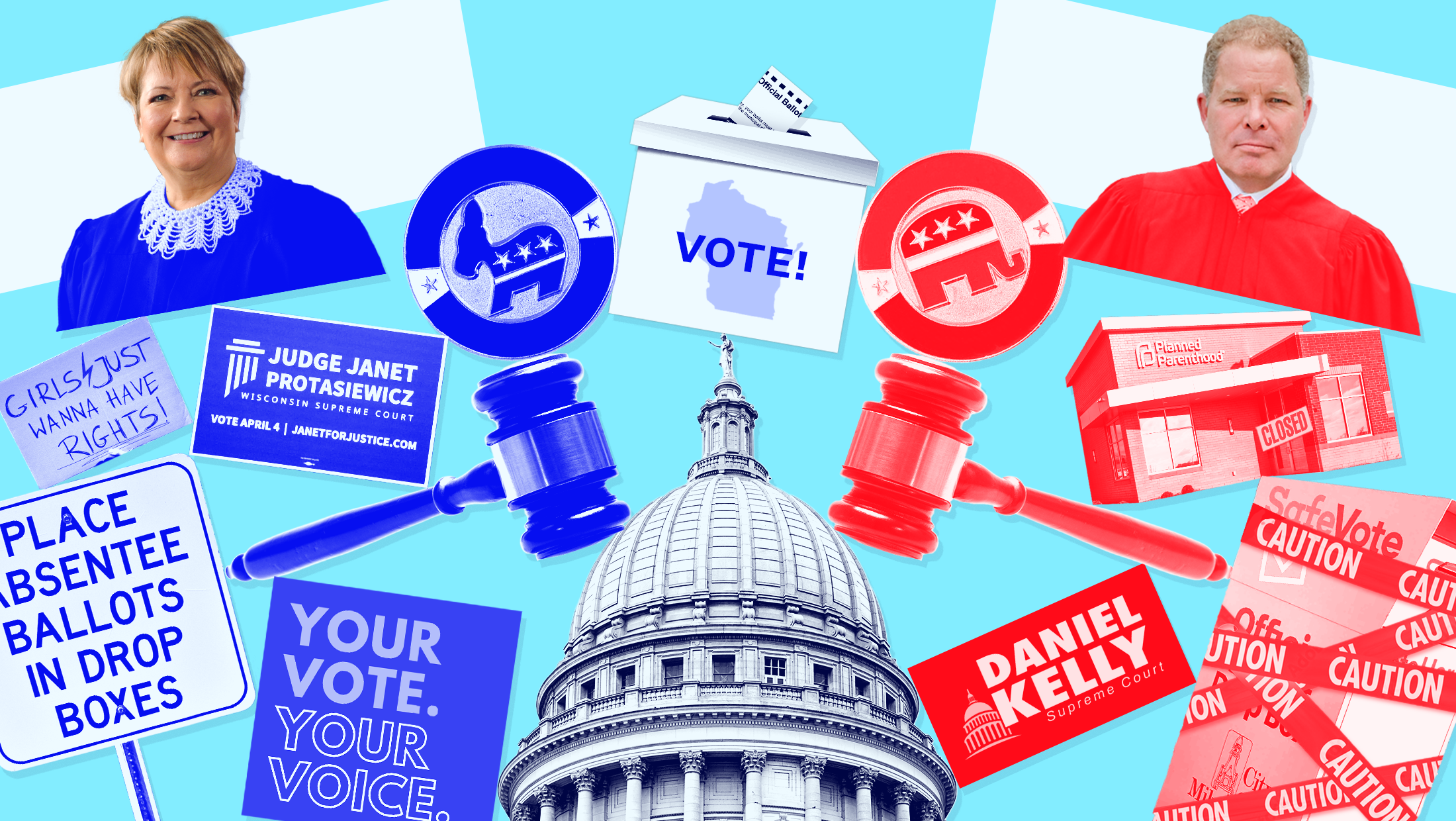
Throughout March, lawsuits seeking to restrict or expand access to voting will carry on in courtrooms across 31 states.
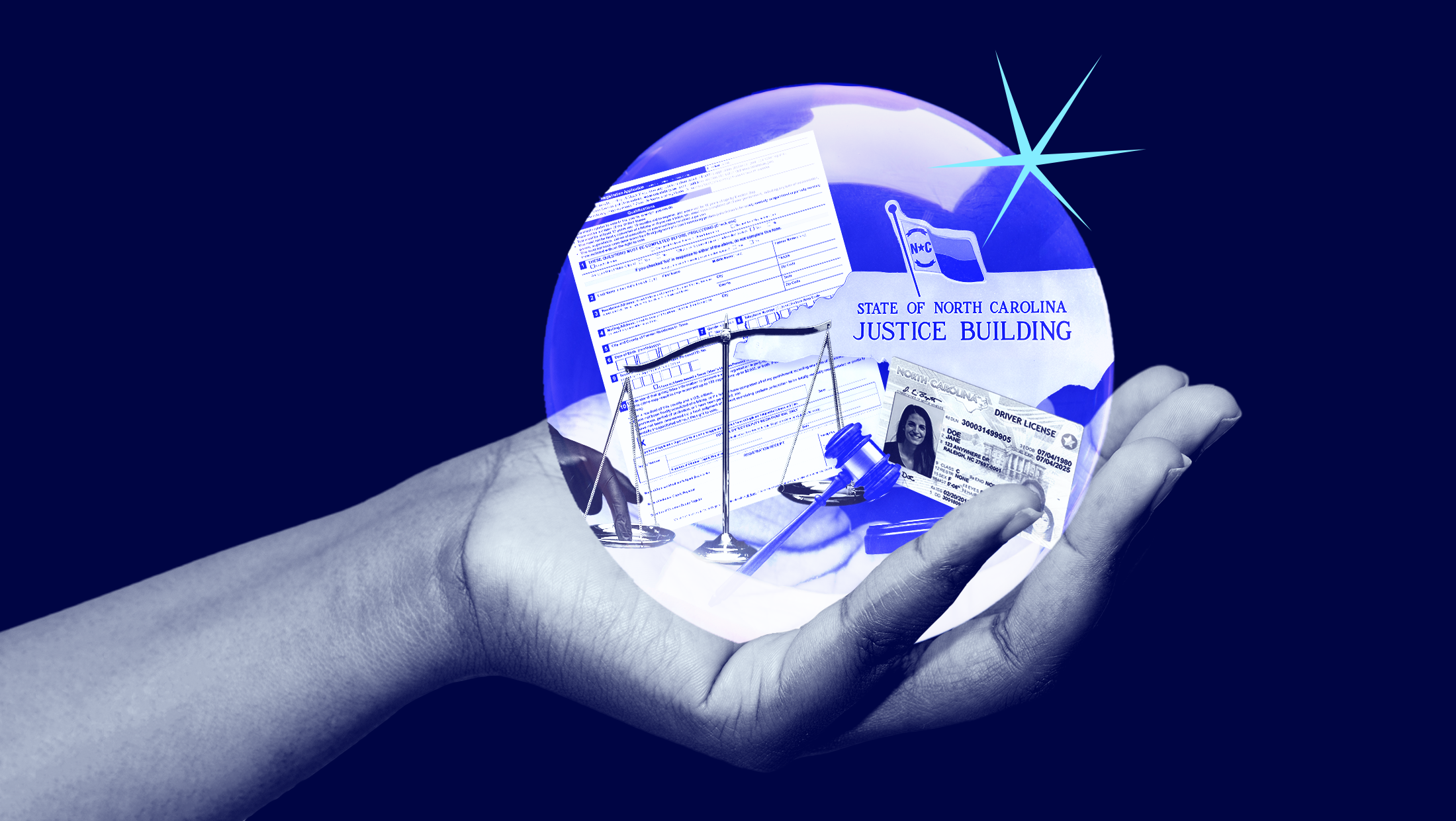
Happy 2023! Now that we’re out of the rapid-fire pace of election-related litigation, lawsuits will progress on a slower basis.

A lot has happened since we last looked at the state of voting rights litigation at the end of 2021. This year, there were some notable trends across dockets that impacted voters’ access to the ballot box.
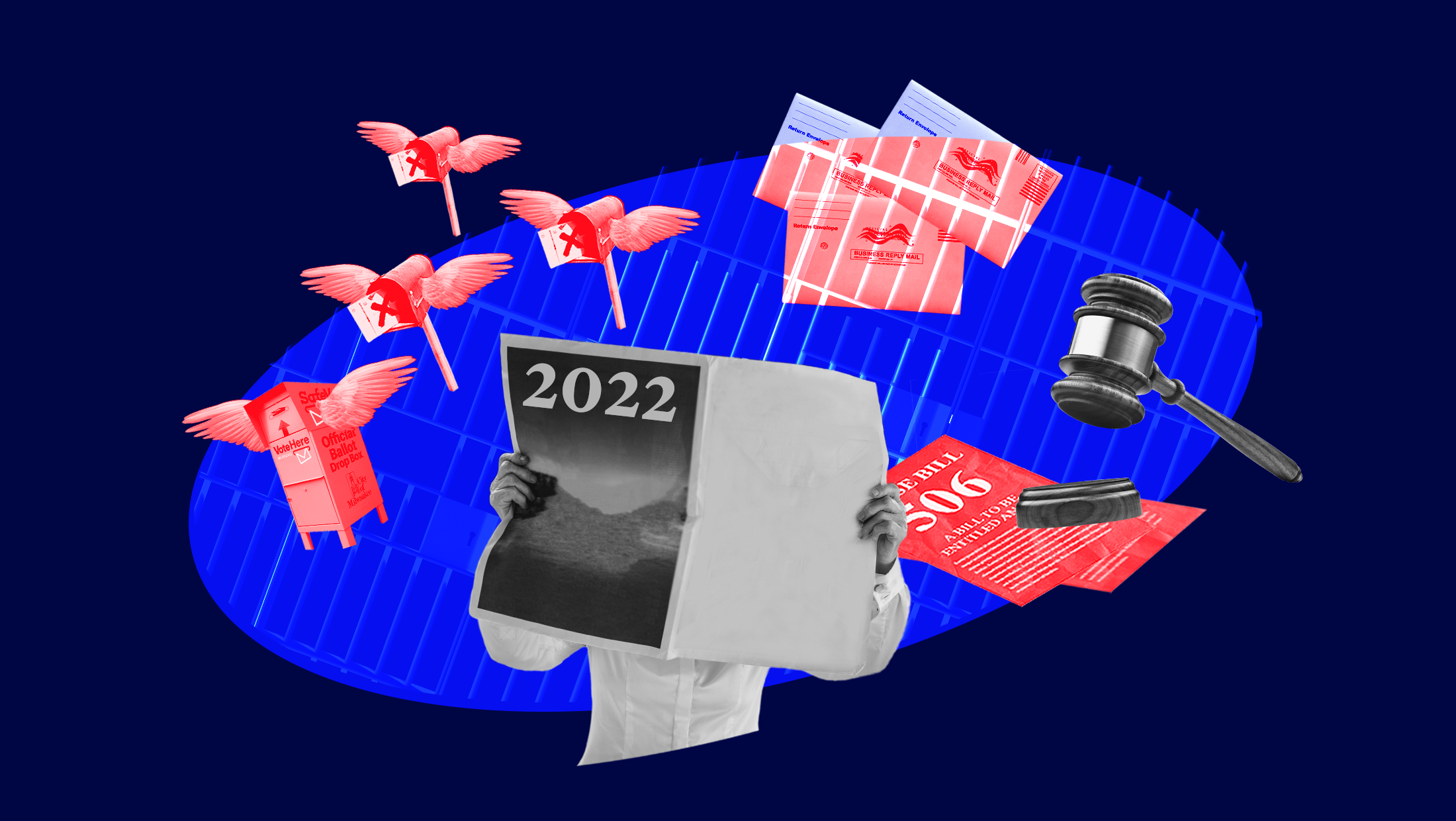
We made it through the 2022 midterm elections and now 2023 is right around the corner, with December set to be a busy month.

On Dec. 7, the U.S. Supreme Court will hear Moore v. Harper. How the Court rules could shape state legislatures’ power in regulating federal elections — and the checks and balances on this power — for years to come.
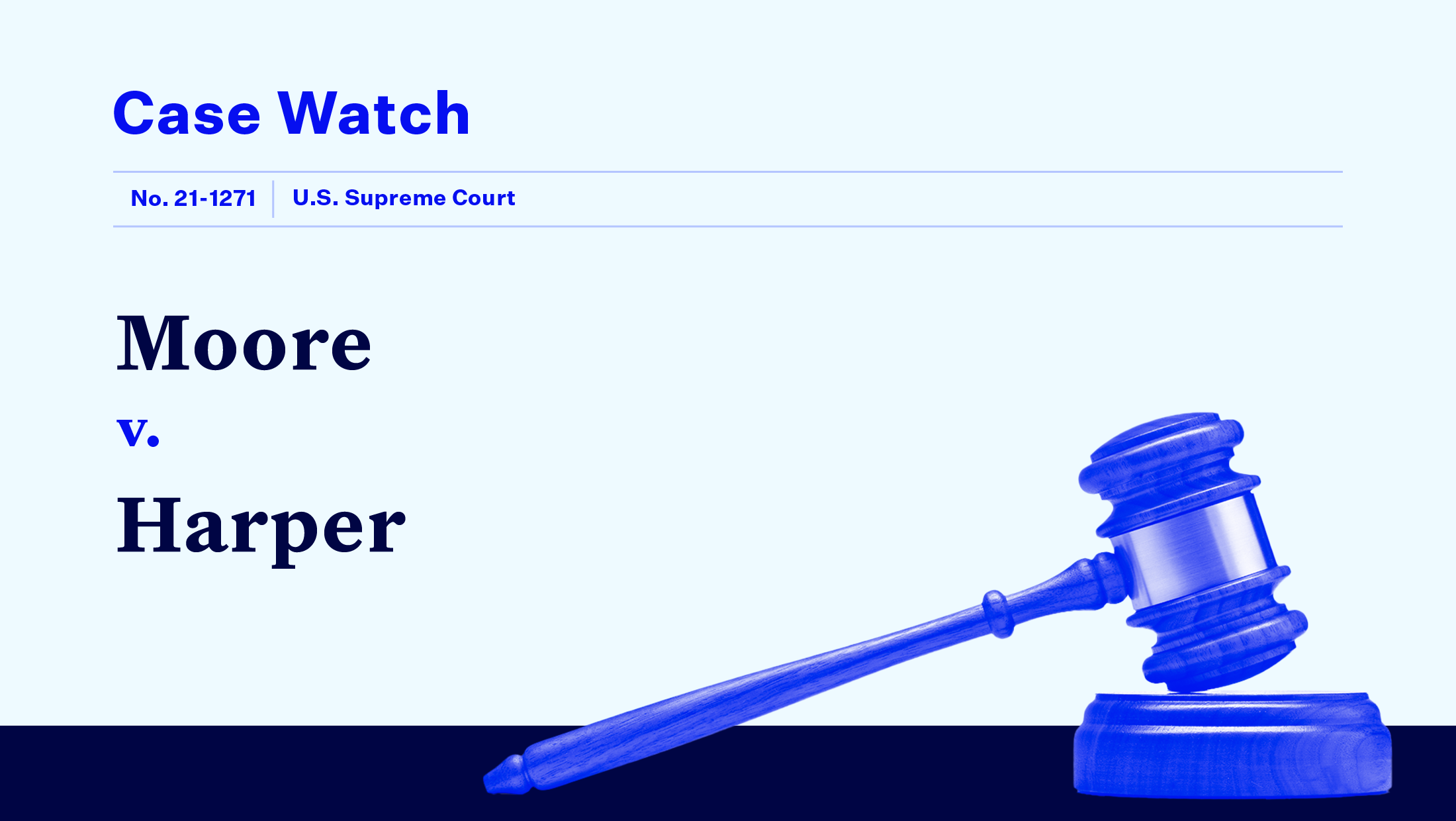
With Election Day on Nov. 8, November is going to be filled with rapidly moving litigation around who gets to cast a ballot and have it counted.

With the month of October comes a spooky time in the courts. The U.S. Supreme Court will hear a case out of Alabama, attacks on mail-in voting are haunting courtrooms and redistricting litigation is still active.

There is a case before the U.S. Supreme Court that could change the future application of Section 2 of the Voting Rights Act as we know it. How did we get to this point and what’s at stake?
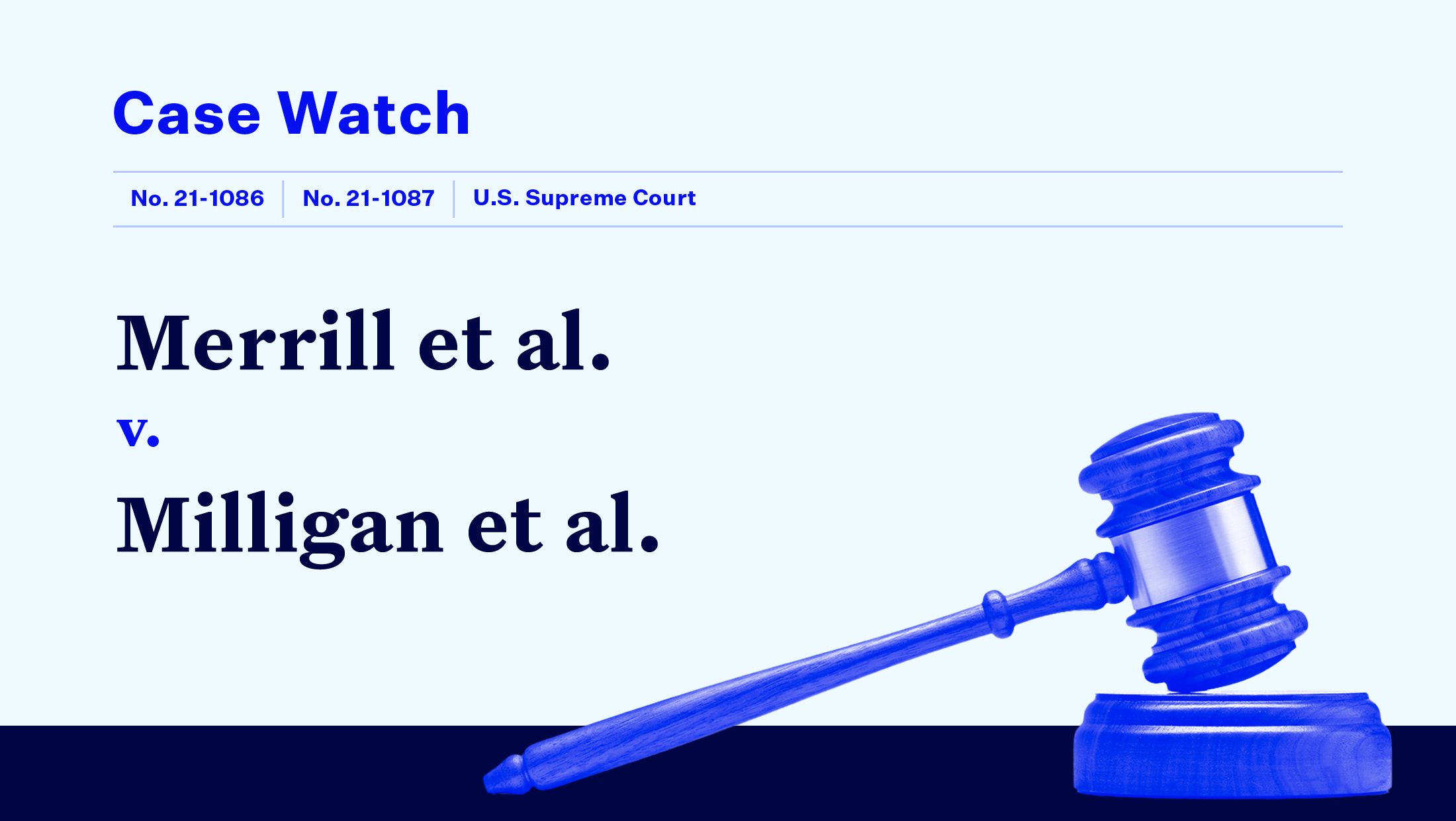
Page 1 of 4